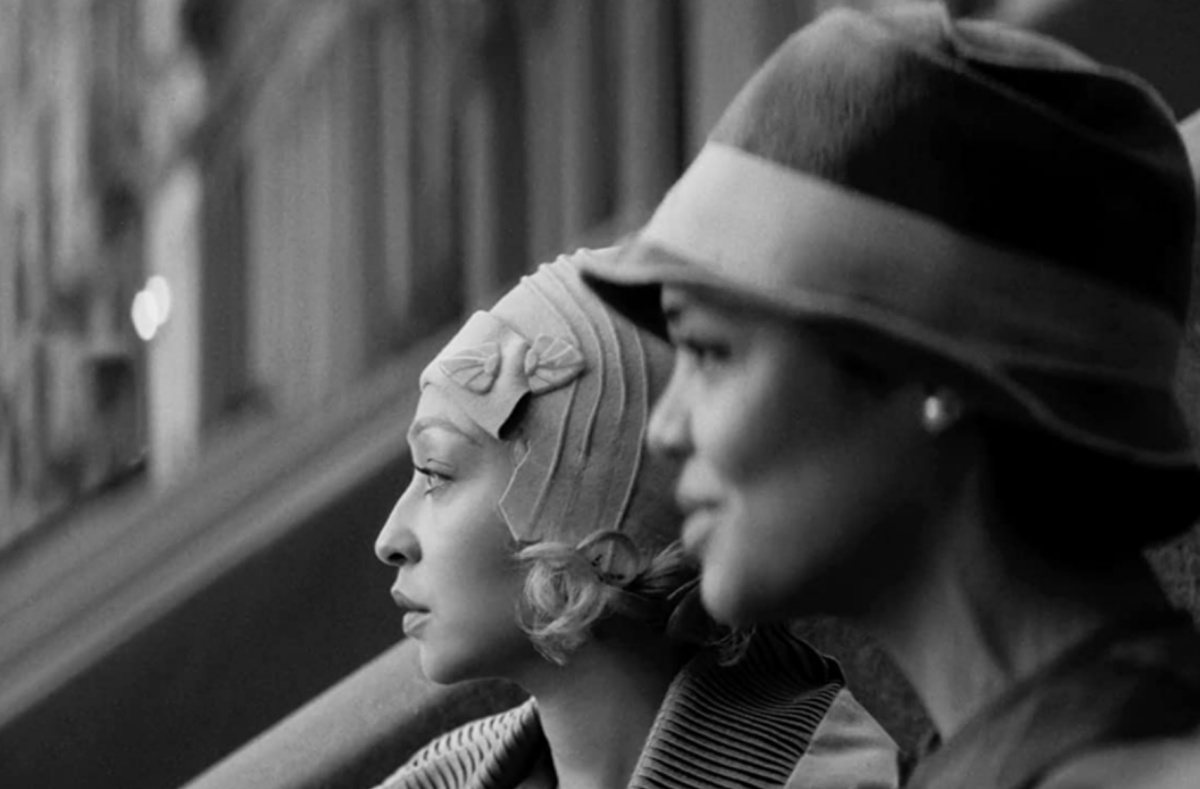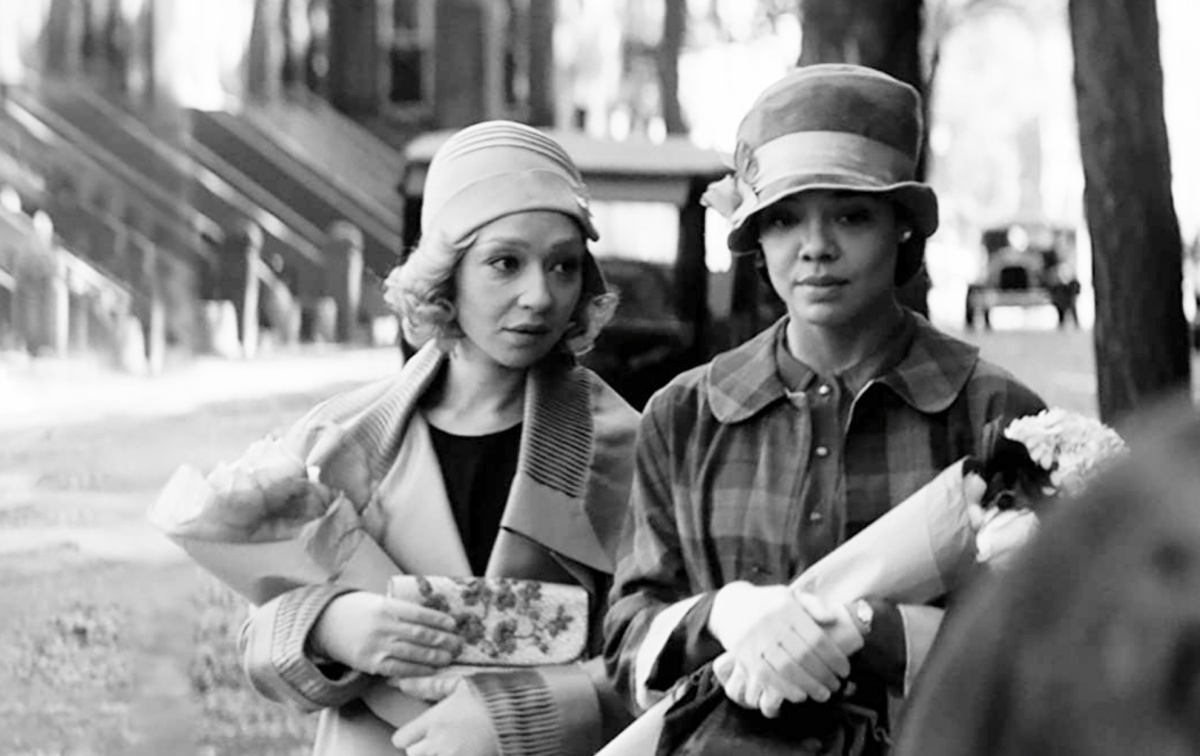The Ending to 2021 Film ‘Passing,’ Explained

Based on the 1929 novel of the same name (by author Nella Larsen), Passing was one of the sleeper hits of 2021, featuring a phenomenal pair of performances by lead actresses Tessa Thompson and Ruth Negga. The film follows the story of two women who used to be childhood friends, now reunited, and clearly living different lives: while both are light-skinned, Clare (Negga) has been “passing” as a white woman in her relationship with her white husband, John.
The story’s tension is established when Irene (Thompson) discovers that John is a disgustingly racist man, yet oblivious to his wife’s heritage. Out of anger, she attempts to cut contact with Clare, but Clare refuses to be pushed away, and begs that Irene help her make more Black friends. Irene acquiesces and brings Clare to a few parties, but very quickly, it becomes apparent that things will not go well for either woman.
An Abrupt End

As the differences between Irene and Clare become even more apparent, the former begins to resent the latter—in no small part because she suspects that Clare is having an affair with her husband, Brian, who is a Black man. Eventually, while out with her friend Felise, Irene runs into John on the street. Up until this point, John assumed that Irene was white, but seeing her with a dark-skinned Black woman suddenly makes the truth click in his mind.
Irene tries to warn Clare of this, but her attempts fail, and while at Felise’s Christmas party, all are stunned when John bursts in, clearly enraged. Clare keeps a level head, moving to stand with Irene by the window, but John grows increasingly irate. When he lunges at her, there’s a brief shot where Irene’s hand moves across Clare’s waist, before Clare tumbles backwards and out the window. Not long after, she’s declared dead by misadventure.
What Happened, And What It Means

Ultimately, this is a film that encapsulates the exhaustingly alienating nature of being a mixed-race person, and director Rebecca Hall (who is mixed herself) did a fine job making the ending reflect this nature. That is to say, the ending is not supposed to be clear: it is deliberately vague in order to accentuate the overarching theme of the film.
Although John lunged right at the moment Clare falls, one must note how Irene lingered before going to speak with the paramedics, and how she claimed that the death was an accident. These actions are suspicious, to be sure, yet one can also interpret her extending her arm in front of Clare as a protective measure. Perhaps in her efforts to protect Clare, she accidentally pushed her back. Or perhaps, in a moment of heightened adrenaline, she pushed Clare away to protect herself. Or maybe, Clare—who was smiling and seemingly coy throughout all of this—fell of her own volition, seeing no way out of this situation.
All possibilities are bleak, yet are true to the original ending of the source material. Nella Larsen was mixed-race, and she intended for this book to be representative of many aspects of racialized America. From how class affects one’s racial identity, to racial standards of beauty and sexuality, Passing has always been an allegory.
Therefore, Clare’s death isn’t something that can be quantified in as simple a manner as, “Who did it?” It’s instead meant to be indicative of many things: her lack of belonging to a community she longs for; Irene’s jealousy at whatever privileges Clare has over her, such as “conventional” beauty and the attention of men; John’s rage at being “deceived,” when his very ignorance was both of their undoings; and, most of all, the feelings of futility mixed people can have over their lives, having to abide by rules that are seemingly made up on the spot.
The Takeaway
Tale as old as time: read the book. And then, rewatch the movie. And when you’re done, listen to Tsegue-Maryam Guebrou, whose gorgeous songs were constant motifs throughout the movie.
(Featured Image: IMDb)
Have a tip we should know? [email protected]
